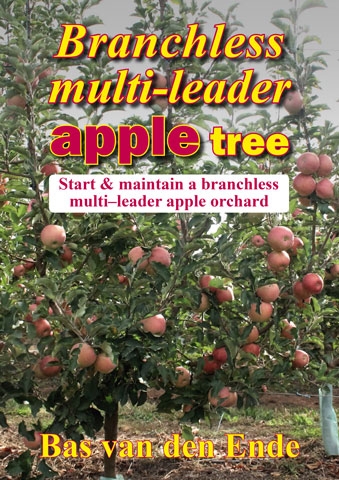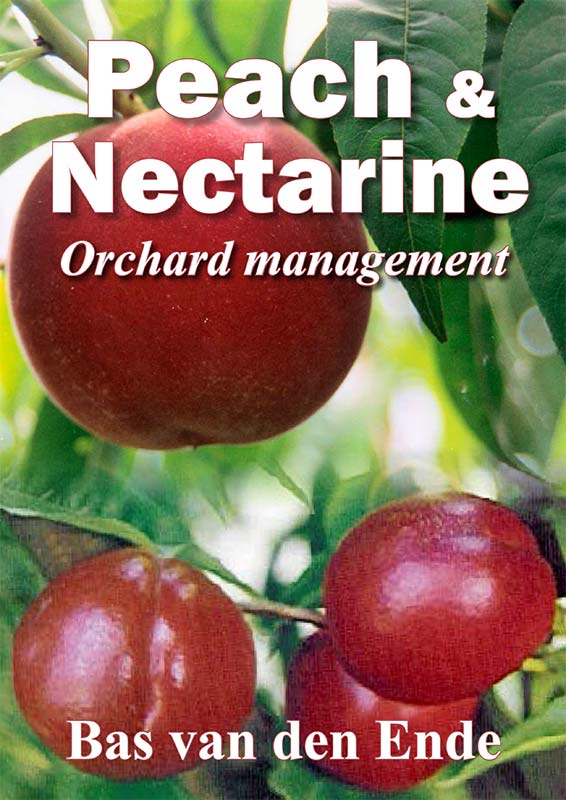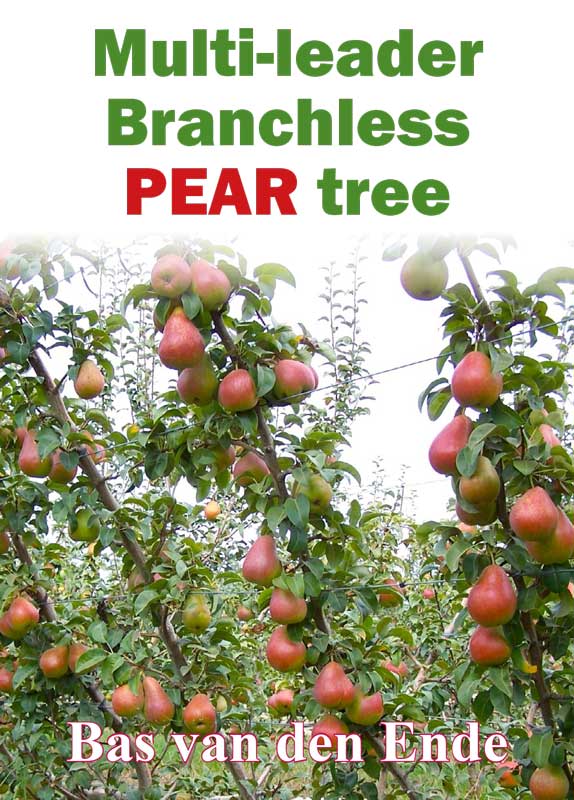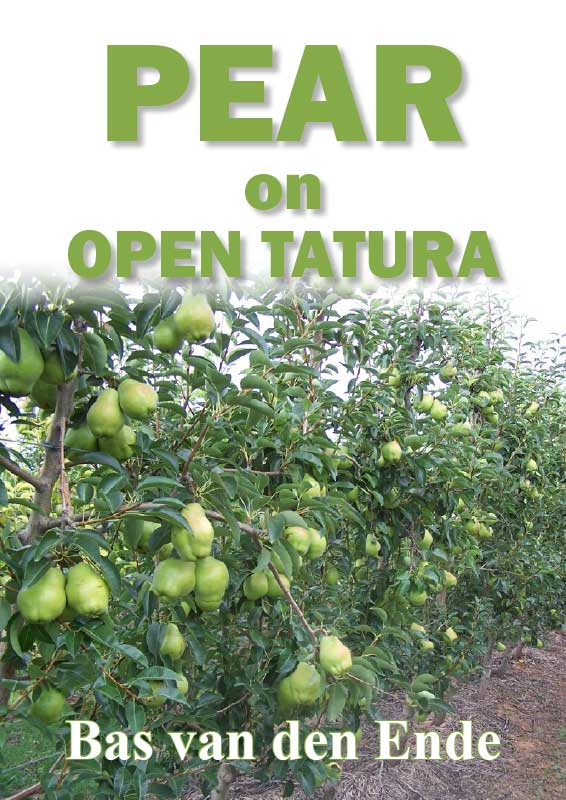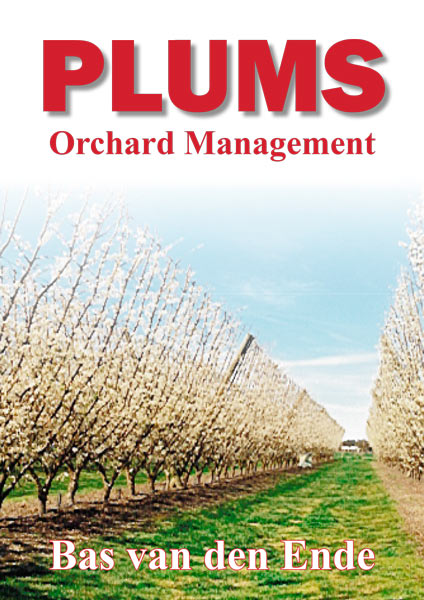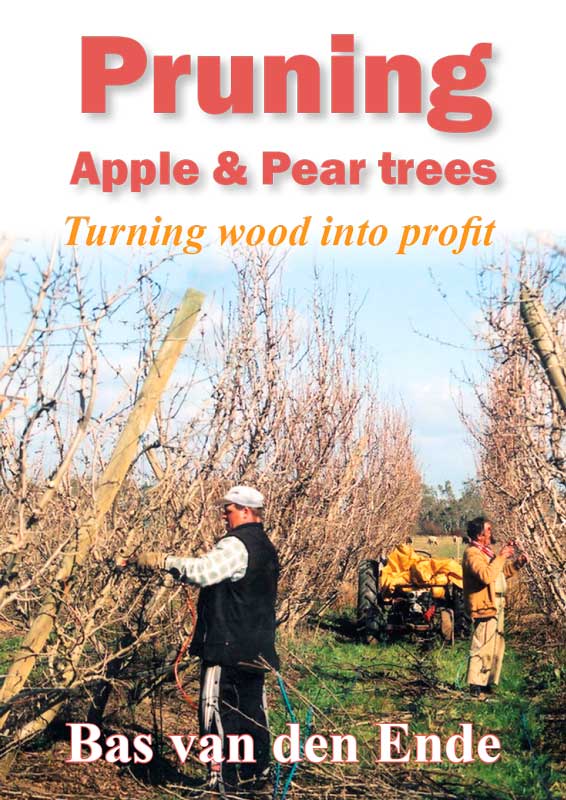New cherry varieties create a great deal of interest—especially the early to mid-season varieties, as the mid to late-season is well served by a number of high quality selections.
Crisp Dawn™ V3387 cv. was developed in Europe by INRA and is managed by CEP Innovation.
In the USA it has a ripening window similar to Chelan. It is a large (26–30 mm), attractive, dark red cherry that is firm and round with short stems. It keeps well on the tree, and the flavour is excellent; it is juicy and sweet.
The tree exhibits a spreading behaviour, medium to high vigour, and is consistently productive with a good crop load.
Crisp Dawn is available in the USA through Brandts Fruit Trees. It should not be confused with the Dawn series of sweet cherries bred by Zaiger Genetics in California USA.
CEP Innovation
CEP Innovation is the world’s exclusive variety manager of fruit varieties and rootstocks bred by INRA.
They are also partnered with INRA in common breeding programs and distribute other varieties in the main production areas of the world.
The company belongs to more than twenty French nurserymen.
A range of red varieties including Folfer and Fertard have already established themselves as references to their maturity niche in many regions of France and abroad.
Primulat®, Ferprime is an early cherry variety from the same breeding program, and is available in Australia
Other cherry varieties from this breeding program include: Ferdouce c.o.v.; Fertille c.o.v.; Feroni c.o.v.; Fermina c.o.v.; Babelle c.o.v.; Balrine c.o.v.; Ferdiva c.o.v.
Fordouce was initially used as a pollinator for Folfer but it has shown great potential producing good yields of large (30–32mm) sweet, firm fruit. The tree has a semi-upright growth habit with strong vigour.
As a result of its yield and fruit qualities, it has earned its own place in the market.
Potential in Australia
Should either of these varieties earn a place in the busy range of sweet cherry varieties in Australia, remember to try the tree in your soil, in your climate, and on your choice of rootstock (if possible).
See this article in Tree Fruit July 2020



